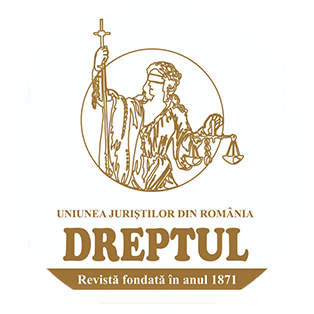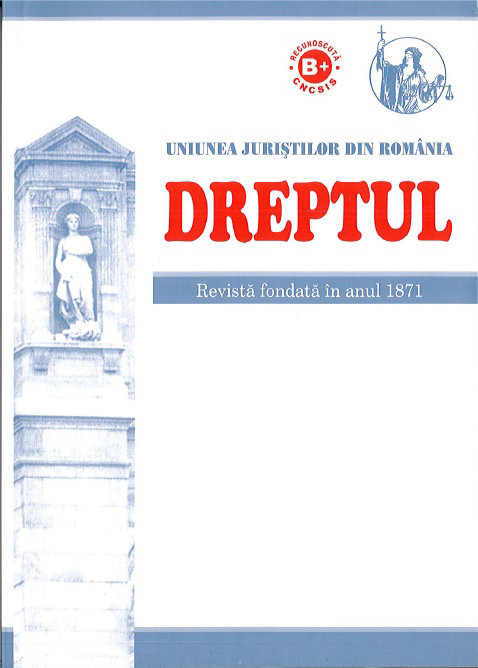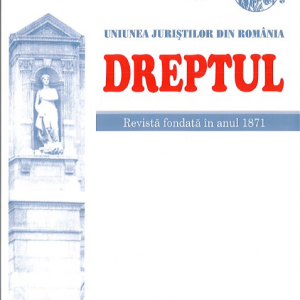The study intends to make a comparative analysis of the legal provisions of the Romanian Civil Code from 1864, in relation to those of the current Civil Code, regarding the tort civil liability, highlighting similarities and differences between the two regulations, by presenting some novelty elements which the legislator brought to the current Civil Code.
It was envisaged a historical presentation of the doctrinal conceptions regarding the civil liability, based initially on the subjective theory and the evolution towards the objective approach of liability, in the variants of profit risk, of the risk of authority and the risk of activity, by specifying the coexistence of the two foundations of liability, subjective and objective, and of the scope of each of them.
Our attention is retained by the presentation of the foundation of civil liability in the system of national law, the elements of convergence and divergence between civil liability and contractual civil liability, the technical forms of tort liability, the liability for one’s own deed, the guilt and liability exonerating causes, the civil illicitness and the causes of removal of the illicit nature of the deed, the tort liability of the legal person, the novelties of the regulation of the liability for the deed of another (minors, persons under interdiction, the liability of the principals for the damage caused by minors) and the legal foundation of this liability, the liability for the damage caused by animals and the ruin of the edifice. It is also retained the new vision of the current Civil Code in the matter of liability for things, with special regard to the matter of collision of vehicles and the legal basis of this liability.


